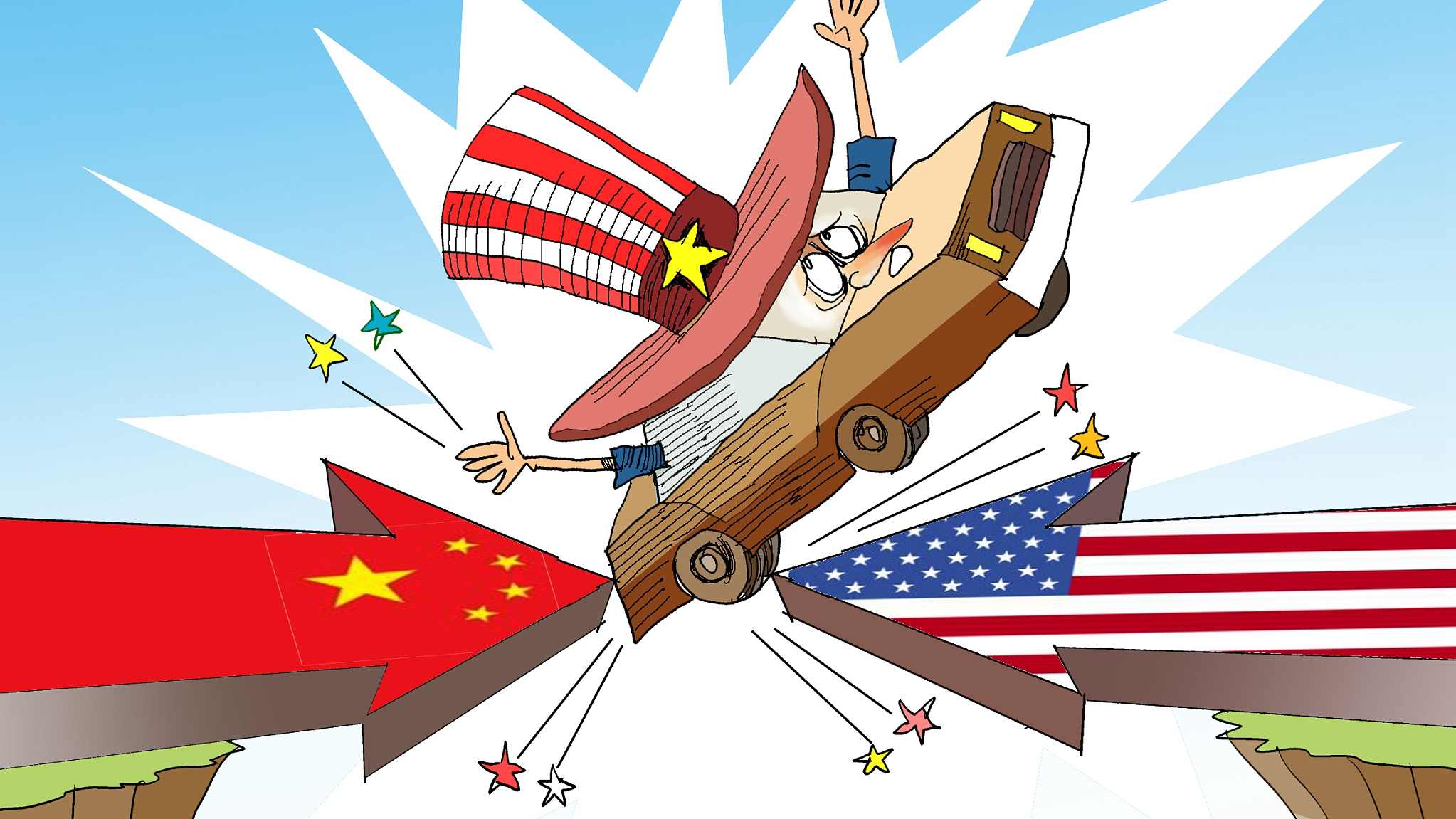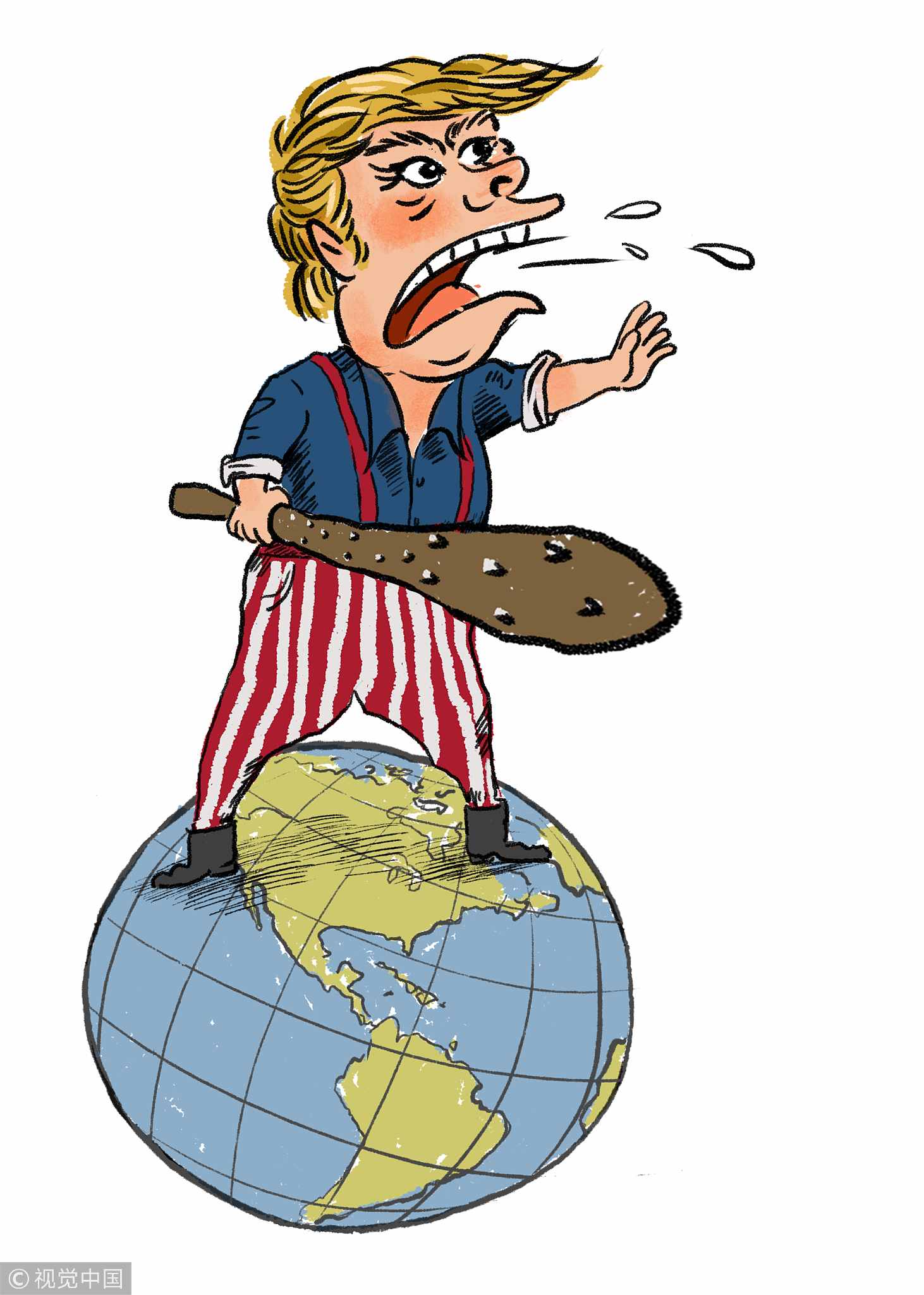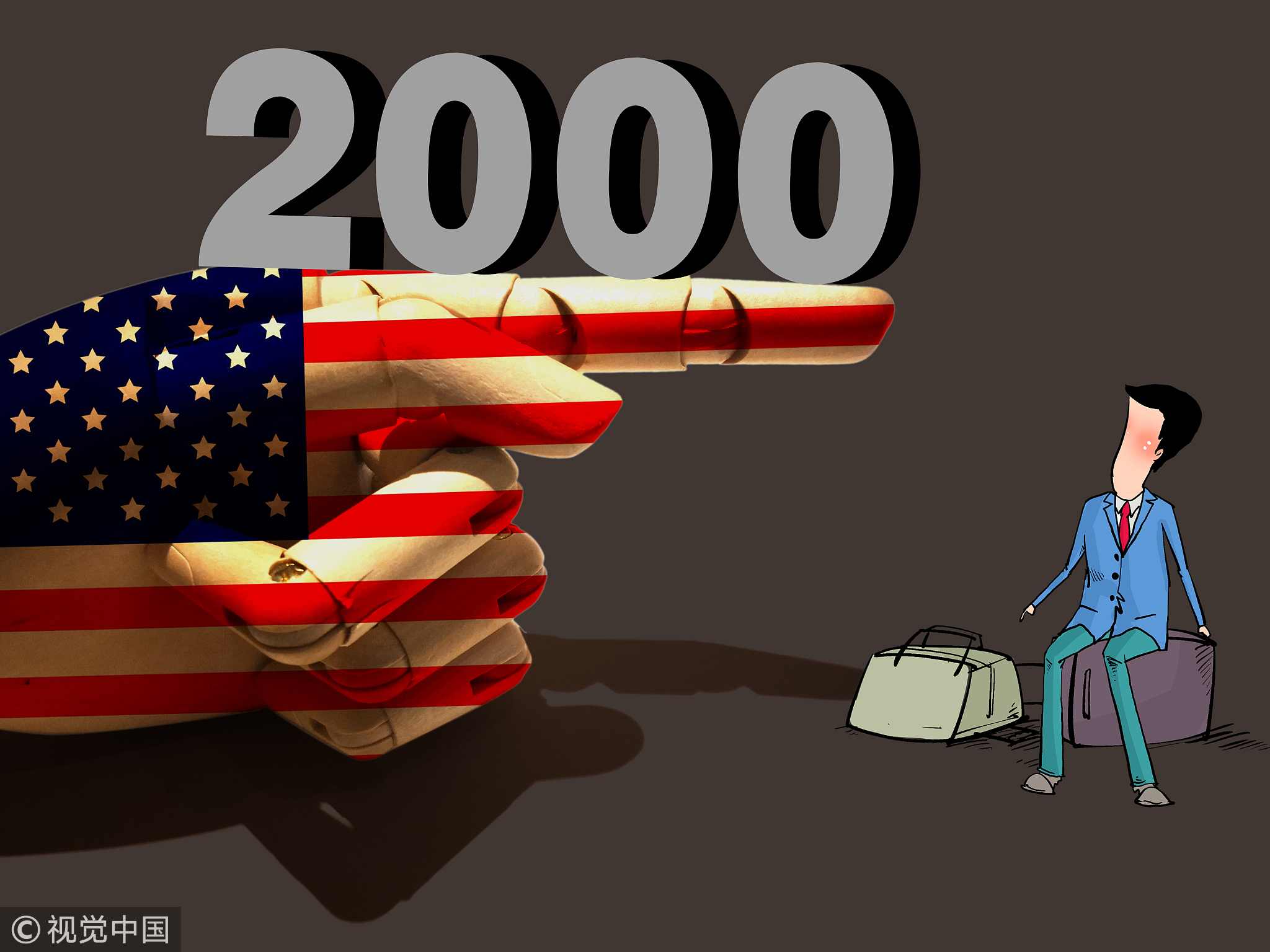
Opinions
09:34, 10-Sep-2018
Opinion: What leverage does China have against the US?
Updated
09:09, 13-Sep-2018
Shi Huimin

Editor's note: Shi Huimin is an associate professor at the School of Economics and a research fellow with the National Academy of Development and Strategy of China's Renmin University. The article reflects the author's opinion, and not necessarily the views of CGTN.
President Trump insists that extra tariffs on 200 billion US dollars worth of Chinese imports are ready to go, although many firm owners expressed their oppositions against it during the public comment period. Meanwhile, on August 3, China announced tariffs on 60 billion US dollars worth of US imports.
If new tariffs are finally imposed by the US, accordingly, the Chinese government will very likely escalate their retaliation too. The public and private firms are waiting for the ongoing trade war between the two leading economies to cease; however, currently, the scope of the trade war is likely to be significantly widened.
What does China have against the tariffs from the US? China's Minister of Finance has already announced, without disclosing any details, that it would retaliate with both "quantitative and qualitative measures".

A cartoon picture shows that Donald Trump threatens to impose tariffs. /VCG Photo.
A cartoon picture shows that Donald Trump threatens to impose tariffs. /VCG Photo.
In my opinion, the quantity measures may refer to the width of the US products and the depth of retaliatory tariffs. The quality measures may refer to the structure of retaliation. When trade war upgrades, more US products will be involved and deeper damage will be resulted in.
Among all the possible leverage that the Chinese government could use, the most direct tit-for-tat strategy is to match the tariff dollar for dollar against US exports to China and/or voluntary export restraint if necessary. Under a trade war, due to the increased tariffs, both countries would diversify import sources. However, the adjustment is not without cost.
First, China could increase tariffs on US products which are have limited alternative buyers.
Second, China could increase the tariff in the areas that could give President Trump more pressure, such as agricultural products.
Third, China could reduce the export tax rebates on the products that the US relies most on from China.

A cartoon picture shows that Donald Trump is going to impose tariffs on 200 billion US dollars worth of Chinese imports /VCG Photo.
A cartoon picture shows that Donald Trump is going to impose tariffs on 200 billion US dollars worth of Chinese imports /VCG Photo.
According to an analysis report, among all US imports products, about 70 products all come from China, such as chloroethylene, oyster, frozen cod etc. For 300 products, 80 percent of their value comes from China, such as bamboo-made furniture and its appliance, lamp, and bedding etc.
For 800 products, 50-80 percent comes from China, such as cantilever cranes, bags, leather products etc. The US may exclude part of them from the 200 billion US dollars tariff plan to protect local consumers. Reducing China’s export tax rebates could burden these areas and could burden US consumers.
If these areas of economic leverages do not take effect, the retaliation might not be limited to economic areas. For example, China may bring on more political pressure on the US in talks between the Democratic People's Republic of Korea (DPRK) and its southern neighbor. Out of patriotism, the Chinese public may start the movement of anti-US products.
China has many measures against US tariffs. However, like an old Chinese saying goes, you hurt 1,000 enemies at the cost of 800 of your own soldiers. The trade war would only be lose-lose by hurting the producers and consumers for both countries. Hopefully, the reconciliation will finally come.
(If you want to contribute and have a specific expertise, please contact us at opinions@cgtn.com)

SITEMAP
Copyright © 2018 CGTN. Beijing ICP prepared NO.16065310-3
Copyright © 2018 CGTN. Beijing ICP prepared NO.16065310-3